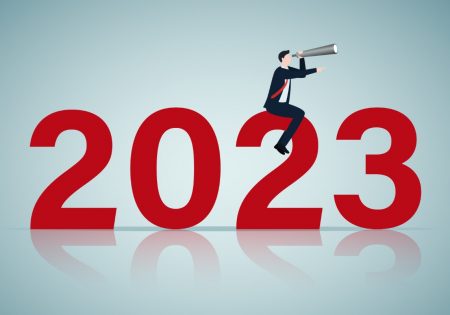Want the latest retirement plan adviser news and insights? Sign up for PLANADVISER newsletters.
Economic Forces Shape the Retirement Landscape
The economy shows a number of inconsistencies, said Roger Ferguson, chairman and chief executive of TIAA-CREF, at the Council on Foreign Relations, in a talk about retirement in the 21st century. As equities and bonds seem to become more correlated, any talk of what markets will be most affected or how smoothly they will absorb an interest-rate hike is all speculation, Ferguson said. He is relatively optimistic about the so-called taper tantrum. The Fed has been relatively transparent, and rates are likely to be raised gradually.
“Behind every headline is three or four stories,” Ferguson said, and those can give a fuller picture to what seem to be inconsistent data. Henny Sender, chief correspondent for the Financial Times, who presided, asked Ferguson for some clarity around the clash between an improving labor market and the low retail figures: “the worst since 2009,” she said.
Both households and business are hit by the impact of a range of forces, Ferguson pointed out. In some households, people are jobholders, while in others jobs aren’t paying what they’d hoped. Some part-time workers wish they were working full-time, and some on the fringes of the labor market are waiting to get back in. Some households are deleveraging, he said, and defaults are rising again in the home equity market. Those with exposure to the equities market have experienced quite a rally, but not everyone has been lucky enough to participate.
NEXT: Volatility could come from numbers pointing in different directions.The internally inconsistent data create volatility, Ferguson said. The labor market suggests strength, but some factors in the market suggest weakness. As the data do not all point in one direction, it could bring some bumps.
In actual monetary policy, there’s some asynchronous movement as well: The Fed seems ready for takeoff, while some banks are still thinking about quantitative easing—all playing out against a backdrop of geopolitical change and uncertainty.
Ferguson said these factors would likely spill over into markets and market expectations. “It won’t be smooth,” he said, “but that will come from external factors—geopolitical changes and uncertainty—and not from any absence of clarity on the part of the Fed.”
Companies may have more of an incentive to engage in financial engineering and share buybacks rather than investing in labor or capital equipment. “The facts are that business fixed investment has been relatively subdued,” Ferguson said, noting that businesses have been adding to their work forces. “They are investing in labor to some degree, but it’s been moderately subdued. Topline growth, revenue growth has been surprisingly slow. To get bottom-line growth, they have to manage expenses very closely.”
In the current low interest-rate environment, businesses have been taking this ample liquidity in the marketplace and figuring out ways to overcome flat revenue growth. One answer has been corporate transactions; the other is stock buyback to create total shareholder return at a point where revenue expansion is hard to come by.
Ferguson points out that in a in a consumer-driven economy—the U.S. has about 67% of its GDP around consumption, he says—“when consumption is growing relatively slowly and the expectation for shareholders is an increasing return, quarter over quarter, businesses are looking for ways to do that using various techniques such as buybacks and transactions.”
Ferguson said that the ranging nature of market stories should come as no surprise. The unique situations of households and businesses are all factors as we look into a possible change in status in monetary policy, he concluded.You Might Also Like:

Crossmark’s Doll Projects Long-Predicted Recession to Materialize in 2024

Doll Scores 50/50 on 2023 Predictions
